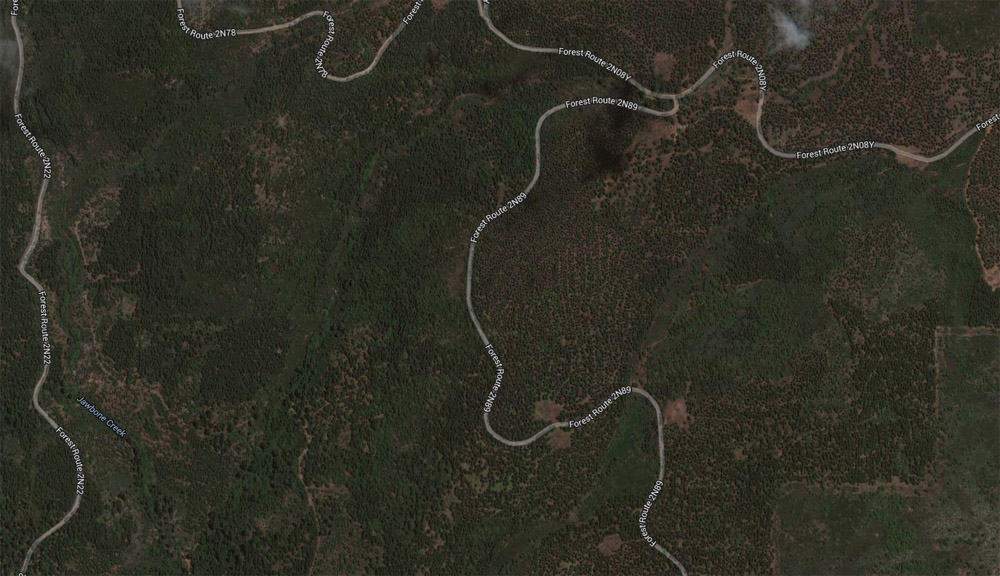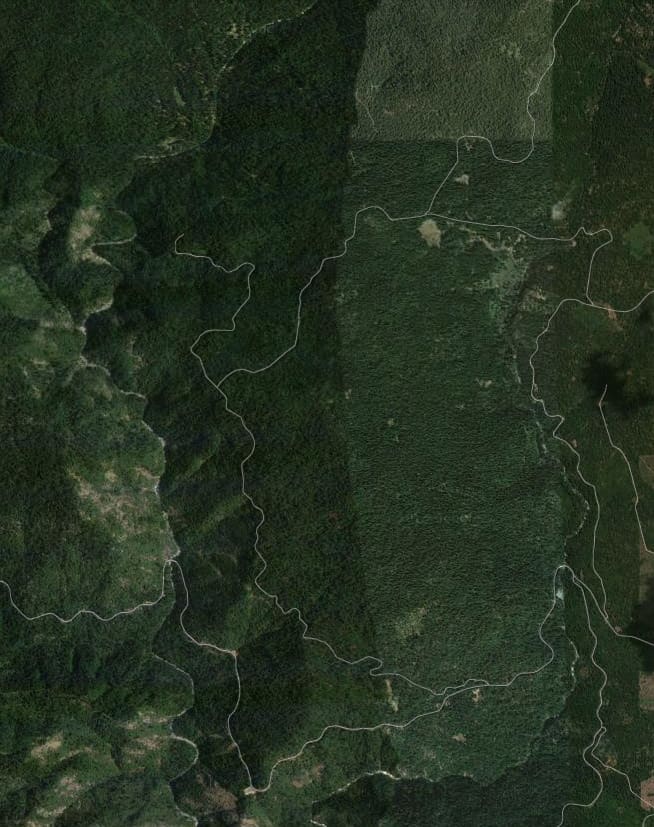Found these PSAs for Colorado Forest Products (TM) in my email this afternoon.
The Colorado State Forest Service is very excited to announce that next week our first series of public service announcements (PSAs) featuring our Colorado Forest Products™ program will begin airing on the networks of 9News (KUSA, KTVD).
The creative process involved with the production of these appealing and informative 15 to 30 second PSAs has been both challenging and rewarding for the Colorado State Forest Service’s Wood Utilization and Marketing team. Please, take the time to view our 3 PSAs here:
Interesting that Andy had just posted below about “worthless” trees in 4FRI.. wonder what makes 4FRI’s “worthless” when some of the same kinds and sizes of trees are worth something in Colorado?
Here’s more stuff from the CSU website here:
Colorado’s Source of Wood Products
Colorado uses tremendous amounts of wood products, but it depends on imports from other states and countries to meet its needs. Key states exporting wood products to Colorado include Oregon, Idaho, Washington, California, Montana, Arkansas, Minnesota and Washington. Canada and Mexico also export large quantities of wood products into Colorado as well.
Purchasing Local Wood ProductsThere are existing businesses in the state of Colorado that produce and supply locally derived wood products. Purchasing products that were grown, harvested and manufactured in the state:
Decreases Fossil Fuel Consumption and EmissionsIn many cases, wood products are being transported great distances to Colorado. This increases the amount fossil fuel used and burned to transport materials.
Retains Consumer Dollars in Colorado Economy
Purchasing local products, keeps consumer dollars in Colorado’s economy and does not flow to other states. It also keeps local people employed whether they are working directly for the company or supply materials to the company or goes to the local grocery store it stays within the community.
Increases Ability and Opportunity to Improve Colorado’s Forest Health Conditions
Supporting local products produced with Colorado wood can help reduce forest management and restoration treatment costs because the wood coming out of the forest has value. When products are generated as a result of these treatments, they generate revenue and create an opportunity to improve Colorado’s forest health.





